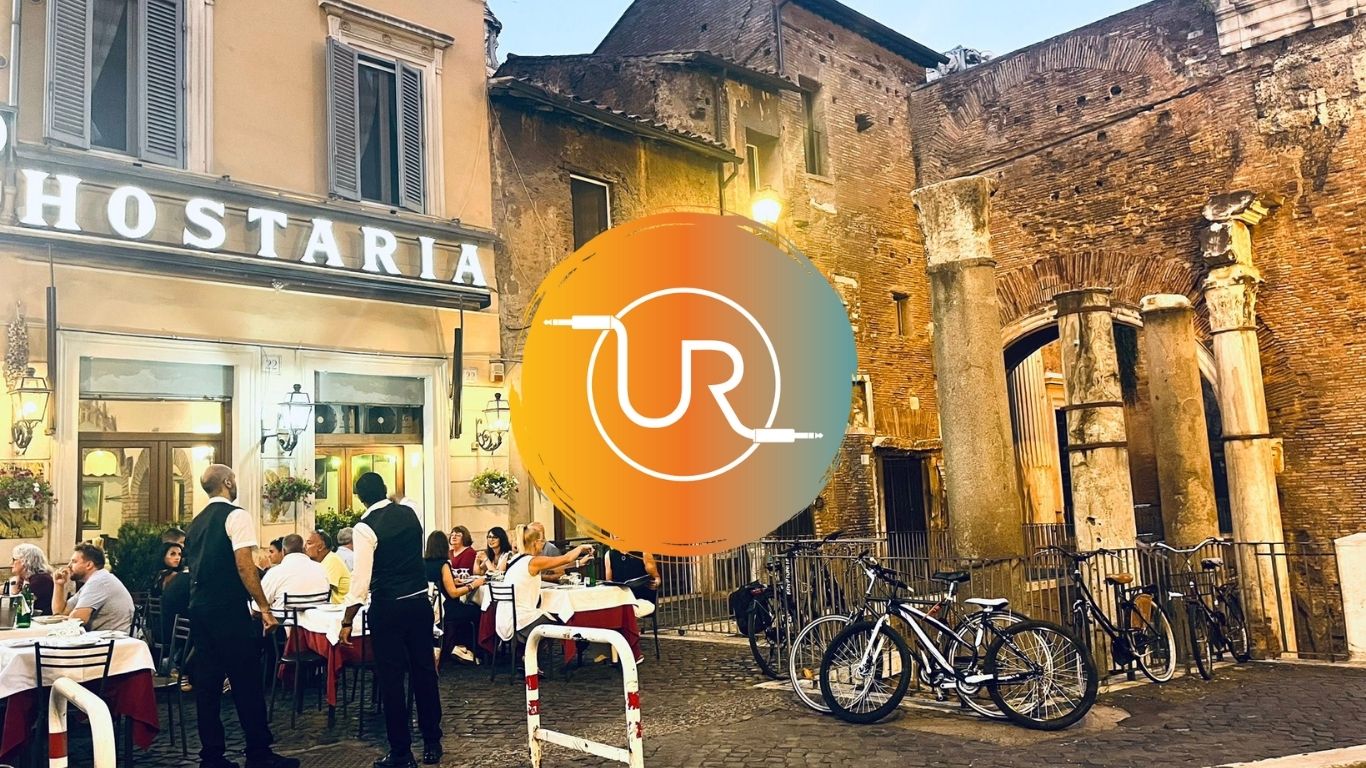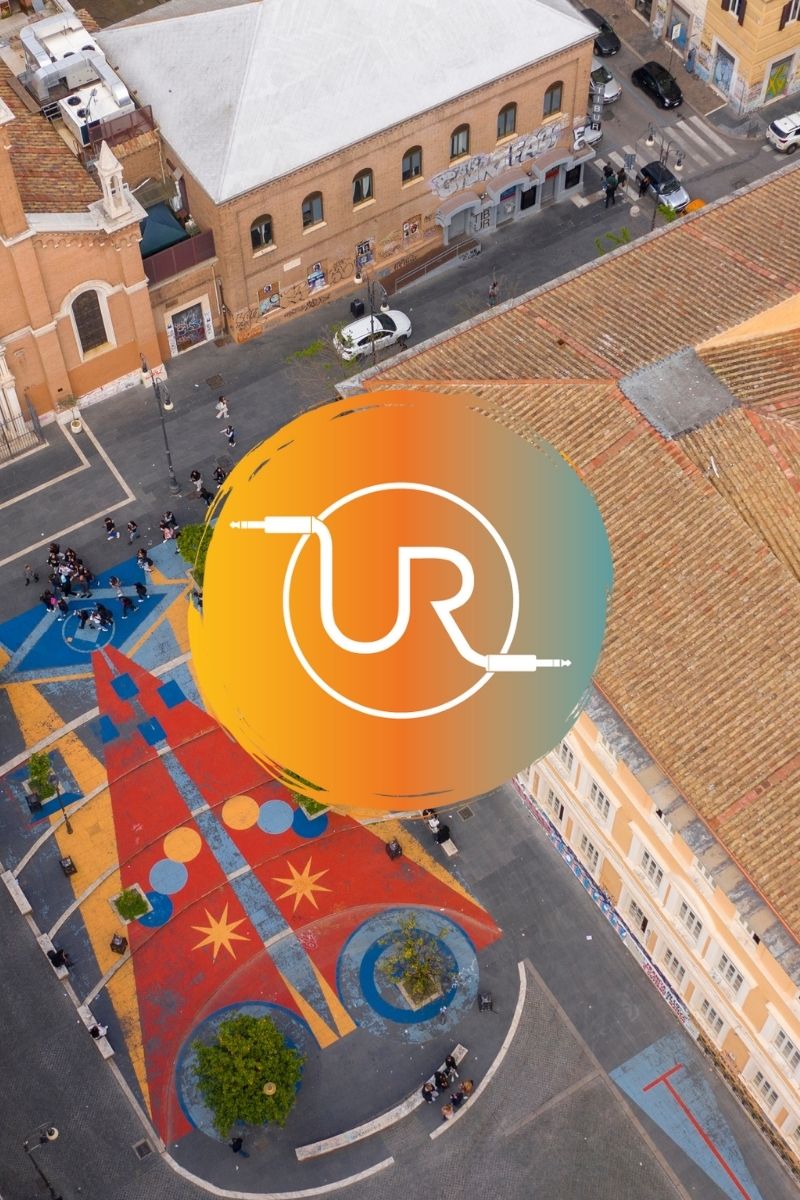
Jewish cuisine in Rome has a deep cultural heritage, reflecting the 2,000-year history of Europe’s oldest settled Jewish community.
This cuisine, which was born as a result of the blending of dishes prepared in accordance with Jewish rules with Roman and Mediterranean flavors, reflects the history and cultural identity of the Jewish community.
Let’s discover the prominent flavors of Roman Jewish cuisine together.
Highlights of Roman Jewish Cuisine
Roman Jewish cuisine is simple yet rich in flavors.
Although it has been shaped by the influence of local Italian and Mediterranean cuisines and has acquired a ‘hybrid’ character, Jewish rules (kashrut) to the Jewish cuisine of Rome.
Some of the most recognized dishes of Roman Jewish cuisine:
- Carciofi alla Giudia (Jewish Style Artichoke) Perhaps the most famous dish of Roman Jewish cuisine is Carciofi alla Giudia, usually eaten as a starter.
The local artichokes are fried by dipping them into very hot oil after they are cleaned, then quickly removing them and repeating the same process twice, resulting in a soft inside and crispy outside.
This dish is consumed especially during Passover and has become one of the most important symbols of Jewish cuisine.
The season for the type of artichoke used extends from the beginning of February to the end of May.
- Filetti di Baccalà (Salted Cod Fillet): Filetti di Baccalà, or Filetti di Baccalà, made by flouring and frying salted cod fillets, is often preferred as a starter dish, just like artichokes.
Soft on the inside and crispy on the outside, it reflects the fusion of both Jewish and Italian cuisines and is eaten all year round, but it is also an important dish on special occasions such as Shabbat.
- Concia di Zucchine (Fried Zucchini): In Jewish cuisine, the simple yet flavorful preparation of vegetables plays an important role.
Concia di Zucchine, prepared by frying round sliced zucchini in olive oil and marinating with garlic, vinegar and mint, is one of the popular dishes preferred as a starter especially in summer.
- Torta di Ricotta e Visciole (Ricotta and Cherry Cake): One of the most popular desserts of Roman Jewish cuisine for dessert lovers, this cake is a favorite of Italian cuisine. ricotta cheese with the traditional cherries of Jewish cuisine. Ricotta The soft and creamy texture of the cream blends perfectly with the tart flavor of the cherries.
This dessert is often found in Jewish bakeries in Rome and is especially popular on Shavuot.
- Aliciotti con l’Indivia (Anchovies with Chicory) Anchovy fillets and endive leaves cooked with olive oil, garlic and lemon, this dish is one of the most popular in Jewish cuisine.
The salty taste of the fish and the bitter taste of the chicory make up the characteristic flavor mixture of this dish.
This dish, which can be served hot or cold according to preference, adorns the tables of Roman Jews during the winter months.
- Supplì alla Giudia (Jewish Style Supplì) Supplì, the famous street food of Roman cuisine, finds its place in the Jewish tradition with a unique interpretation.
Supplì alla Giudia, rice, tomato sauce and mozzarella is a fried dish made with cheese, crispy on the outside and soft on the inside.
In the Jewish version, it is usually made with sheep’s cheese or ricotta is used and the frying process kosher according to the rules.
This delicious snack is ideal for a short gastronomic break while wandering the streets of Rome.
Sustainability of Roman Jewish Cuisine
Reflecting a rich history, a fragrant culture and a deep faith, Roman Jewish cuisine has developed its own unique flavors and traditions over the centuries by interacting with the general culinary culture of Rome.
Another important feature of Jewish cuisine is its sustainability.
Over the centuries, Roman Jews have learned how to cook delicious meals with the limited resources and ingredients available to them.
For this reason, Jewish cuisine utilizes many leftovers in accordance with the zero waste principle.
For example, breadcrumbs are used for frying or as a filling for stuffing.
The Jewish Quarter “Ghetto” as a Heritage of Humanity
Rome’s Jewish Quarter, known as the “Ghetto” and located west of the Tiber River, is the historic area where Jews were forcibly relocated by Pope Paul IV in 1555.
It is a historic neighborhood where Jews were forcibly relocated by Pope Paul IV in 1555.
Surrounded by high walls for nearly 300 years, the Jews lived under very strict social and economic restrictions in this neighborhood, but managed to preserve their cultural and religious identity despite everything.
The Roman Ghetto is not only a reflection of the past; it continues to live and thrive today.
The Jewish restaurants and markets in the neighborhood offer both local and international visitors the opportunity to experience this unique cuisine and the history of the Jewish community, especially through the stories of the Second World War.
By visiting the Ghetto, which is not only a neighborhood but also a human heritage, you can become a part of this ancient community and discover the traces of cultural interaction.







Leave a comment: